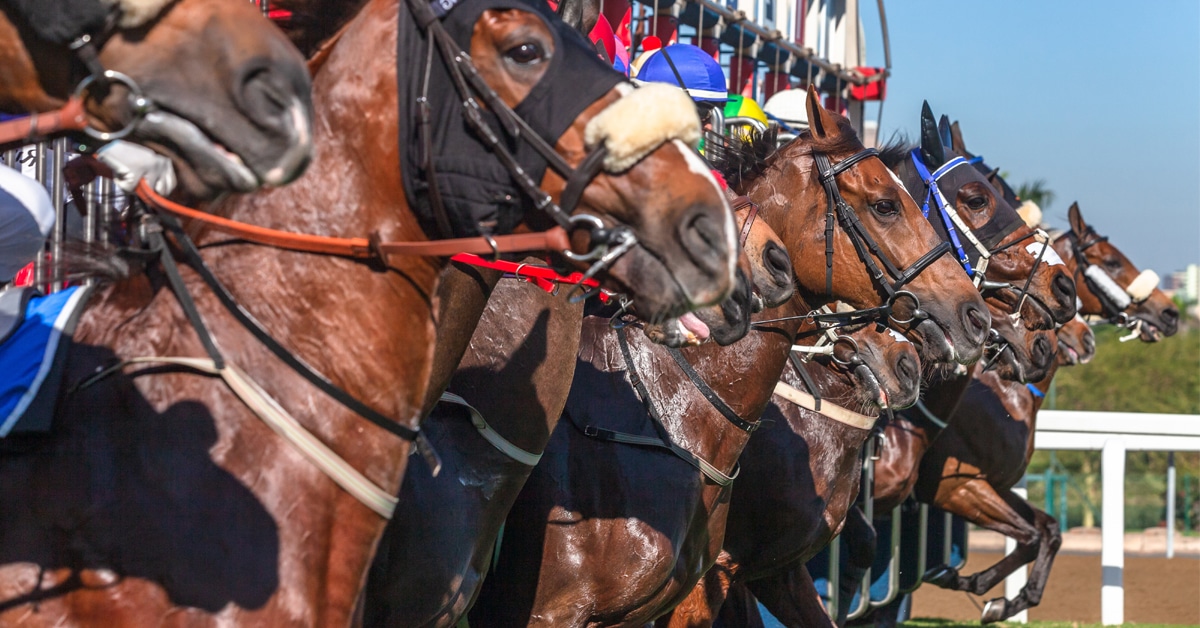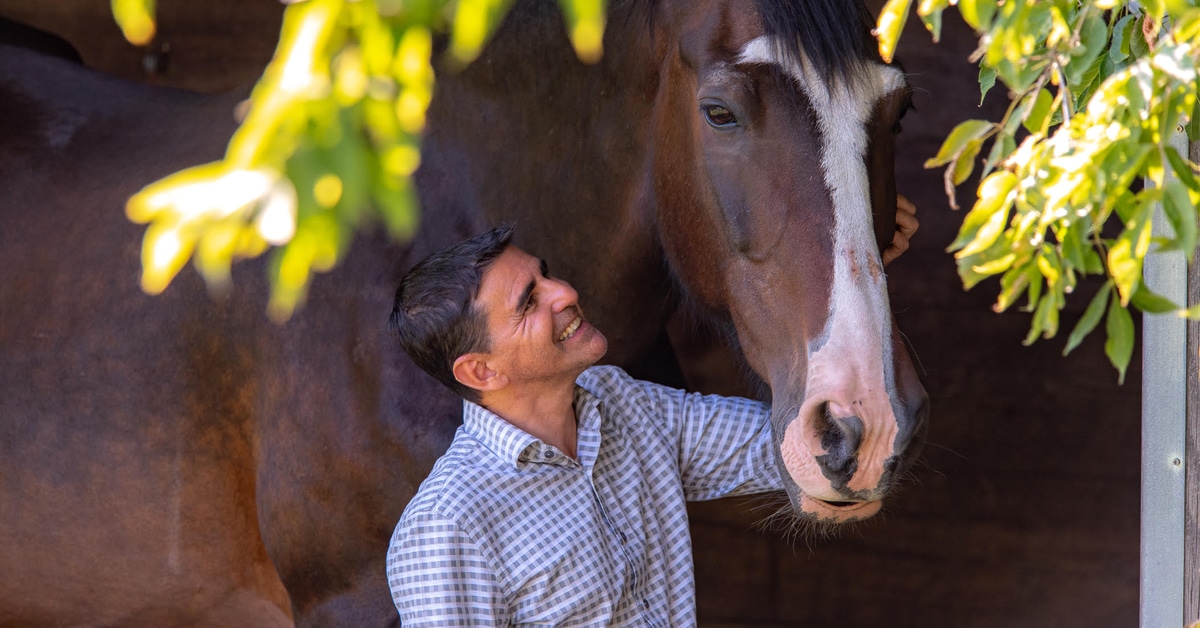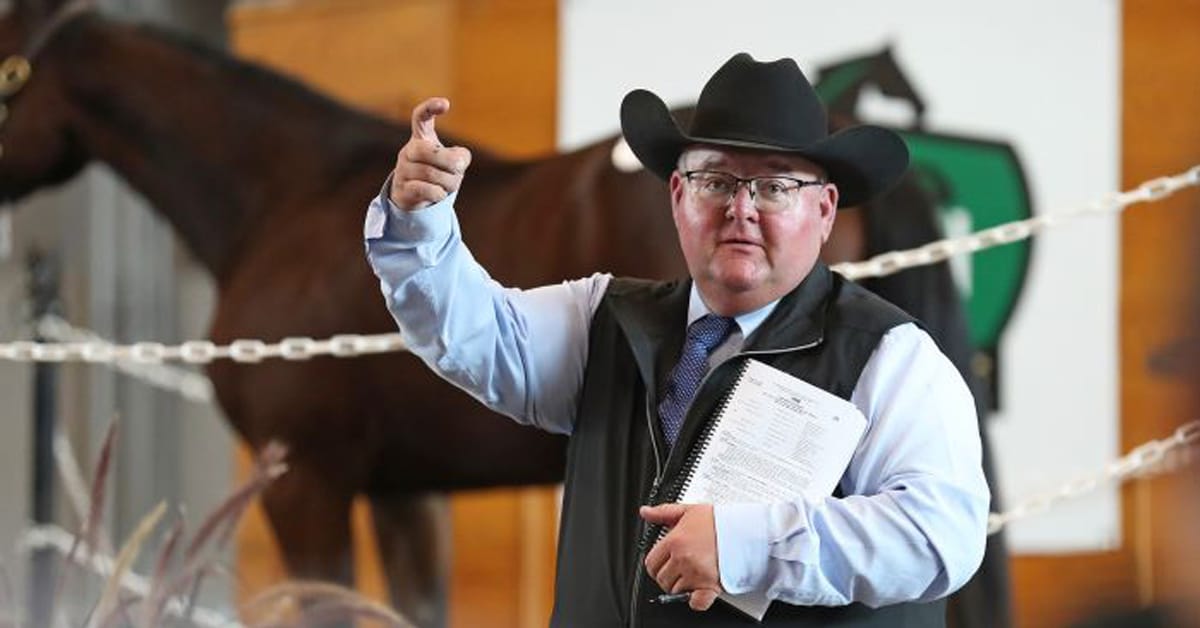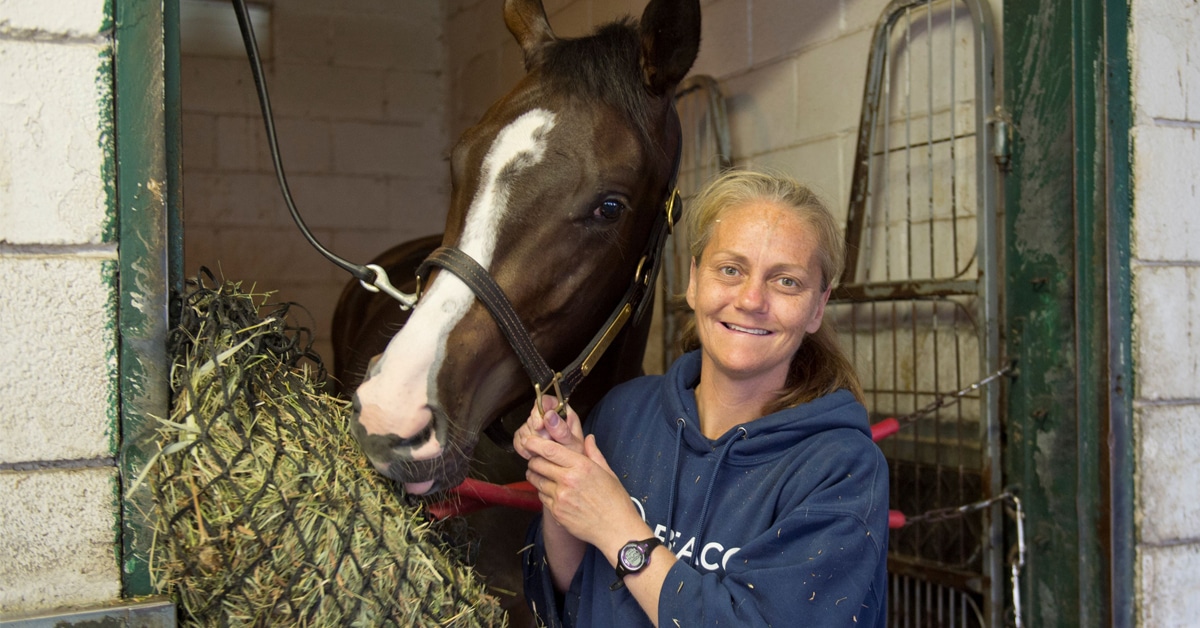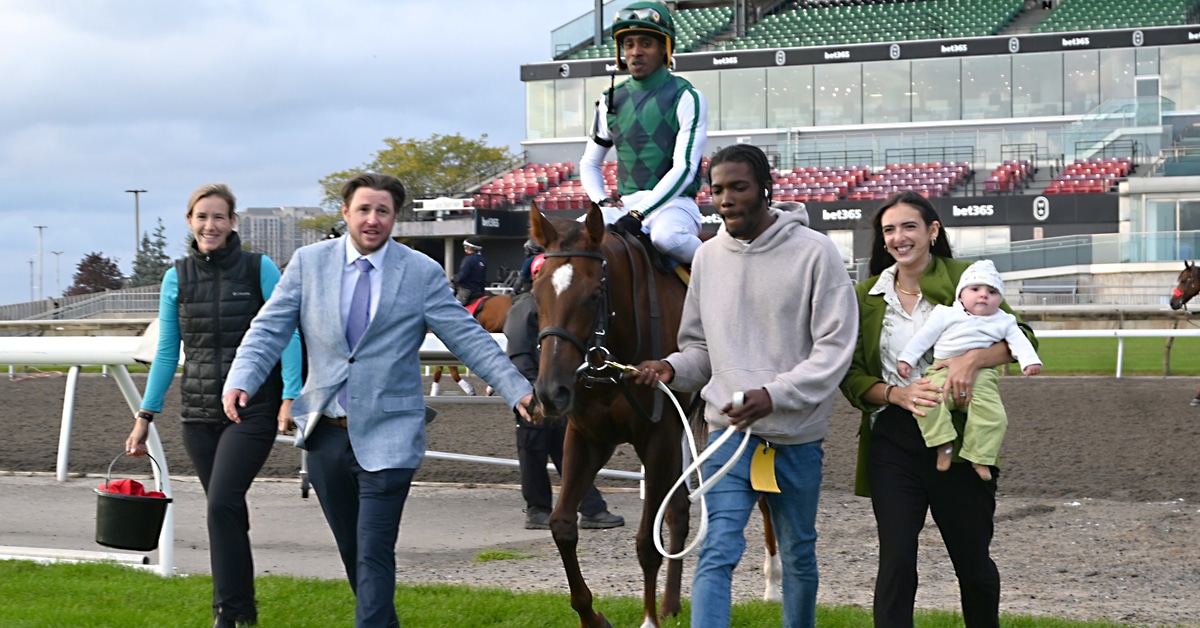Most racetracks of the 20th Century were built with a similar theme. You had a large grandstand, with rows and rows of seats, not unlike a baseball or football stadium, usually located above more comfortable box seats that are occupied by owners or trainers. There was usually a glass-enclosed dining room or turf club up high, segregating the upper crust from the $2 gamblers in the floors below.
On the far side of the track you’d often find a spacious barn area and the remainder of the perimeter was parking: lots and lots of parking for the large crowds that frequently came out to the races.
Many of these tracks were built in low-density population areas outside of major cities. As the cities expanded (or many of its residents opted to move into the suburbs), the land on which these 20th Century racetracks were built became more valuable. At the same time, as the sport faced increased competition and convenience betting allowed horseplayers to watch and wager on races from just about anywhere, those once-large racetrack crowds began to shrink.
With a few exceptions, the big grandstands and sprawling parking lots are no longer needed.
Racetracks of the 21st Century will bear little resemblance to those old tracks. Many 20th Century tracks have been redesigned to incorporate casinos or rooms full of slots or other gaming machines. New structures have been built, in some cases putting modern casino buildings and parking garages adjacent to aging racetrack grandstands.
It’s often not a very satisfying or pretty result. Horse racing customers at some of these tracks are left in old buildings with concrete floors, 1960s-style concession stands and wooden seats that were installed when the track was built.
Casino customers have plush carpeting, upscale food and beverage options, and comfortable chairs that management hopes they’ll never leave – pumping dollar after dollar into the gambling machines.
One of the few 21st Century racetracks is Gulfstream Park. Frank Stronach said not long after he bought the South Florida track in 1999, “I can’t wait to tear this place down.”
By most accounts, the old Gulfstream was nice enough in its day. Plenty of seats in an open-air grandstand, a nice flow of horses from the stable area to the paddock to the racetrack. Plenty of parking.
The new Gulfstream, constructed after Stronach got his wish and demolished the old stands, incorporated a casino, a modern simulcast room on the first floor, a massive glass-enclosed restaurant on the second floor, and private suites on the third floor. There were very few traditional outdoor seats.
More importantly, excess property at Gulfstream was used to construct a “village” – shops and restaurants and bars that surrounded the racetrack and casino.
Not everyone liked it, but the new Gulfstream is the model for 21st Century racetracks. It has two or three big days a year, when parking and crowd management are a real concern. The rest of the year, Gulfstream is “right-sized” for the reality of the sport’s popularity.
Belinda Stronach, who succeeded her father and is now running the family’s privately held business, said Gulfstream will get a facelift and additional commercial and possibly residential buildings on its grounds. The Stronach Group’s Laurel Park in Maryland will undergo similar development of excess property that is no longer needed to support the racing business. Perhaps even the stable area will be developed with horses shipping in on race day from the Bowie training center. Santa Anita and Golden Gate Fields in California – also part of the Stronach Group’s racetrack holdings – eventually could see the same type of development. The New York Racing Association may soon follow suit at Belmont Park.
Woodbine, which incorporated slots into its main building in 2000, will be undergoing a similar transformation. A sizable new gaming area will be constructed, along with a multi-level parking structure, and long-range plans for a portion of the property include residential housing.
Some will fight or denigrate the change, but it is necessary for racing companies to make the best use of the properties they own. The days of large grandstands and massive parking lots are over. It’s the 21st Century.
The Latest

